Can You Root Pawpaw Suckers – Tips For Propagating Pawpaw Suckers
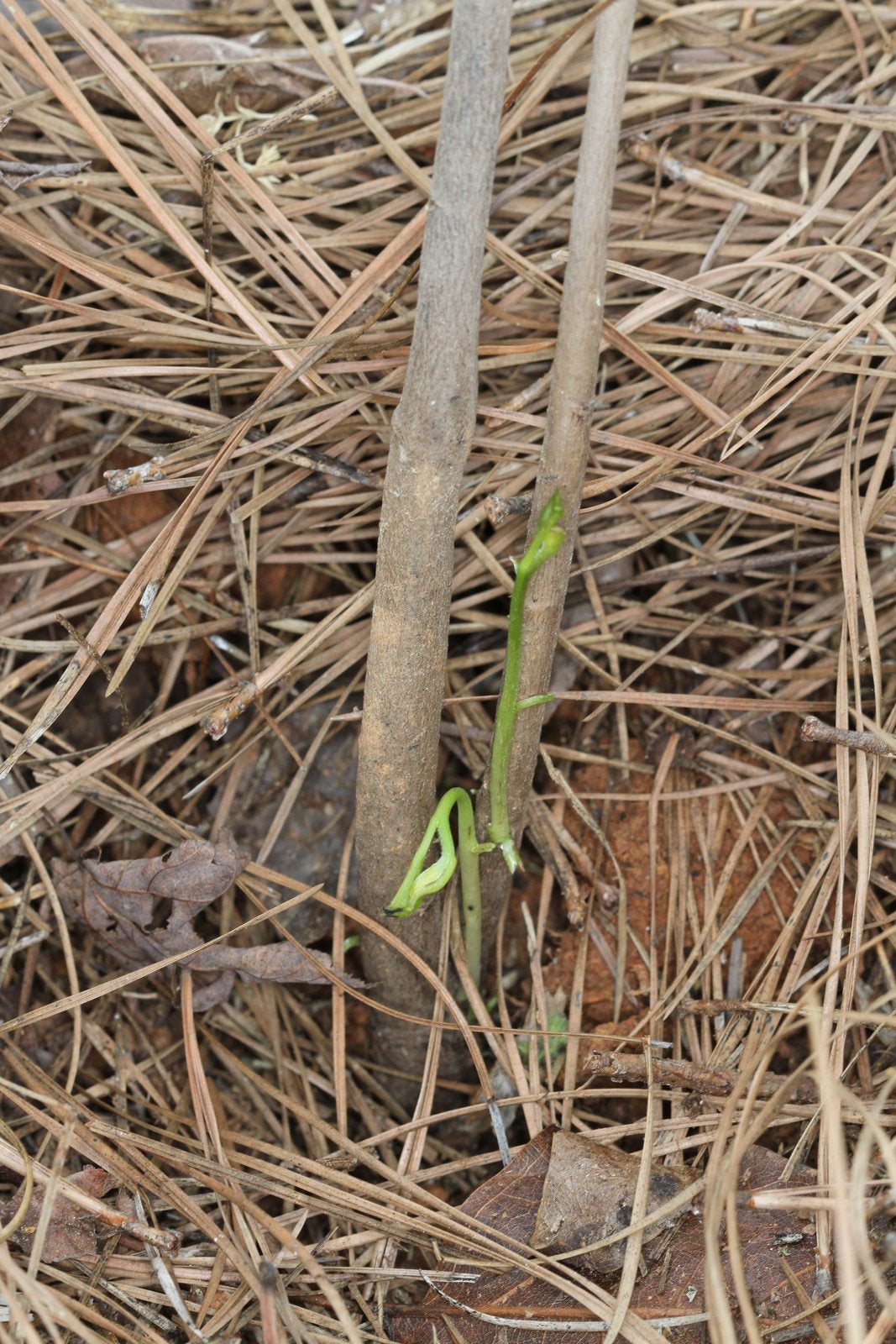
Pawpaw is a tasty, although unusual, fruit. Though it is a member of the mostly tropical Anonnaceae plant family, the pawpaw is suited for growing in humid, temperate regions in USDA gardening zones 5 through 8. Besides the interesting fruits, pawpaws also have beautiful, deep red or purple flowers that look like they date from the age of the dinosaurs.
Growing Pawpaw Sucker Root Cuttings
You’ve probably only tasted a pawpaw if you’re lucky enough to have a tree growing nearby, either in the wild or on a neighbor’s property. You may have noticed suckers (shoots that grow directly from the roots) emerging from the ground. Seeing these emerging from the ground, some may ask: “can you root pawpaw suckers?” It is difficult to propagate the tree in this manner. According to people experienced with this tree, pawpaw sucker propagation tends to have a low success rate. However, it can be done.
How to Propagate Pawpaw Root Cuttings
Pawpaw trees produce root suckers because of their natural growth strategy in the wild. They grow in patches of clonal (genetically identical) trees that spread underground via the root system. It is possible to take advantage of this to propagate the trees. Growing pawpaw sucker root cuttings tends to be most successful if you first encourage the sucker to produce more roots and establish its own, independent existence. To do this, cut the root sucker off from its parent tree by cutting into the ground with a spade the year before you will transplant. If you didn’t do this the year before, do it a few weeks before you intend to transplant. You may want to use several root suckers to do this, since it’s likely that not all will survive. The best time to transplant the tree shoot is a few weeks after bud break in the spring, when the suckers have leaves that are not yet full size. Dig up the sucker along with the soil around its roots. Bring as many roots as possible with it. Immediately transplant directly into the ground or into pots filled with a rich soil mix. Keep the suckers well watered, because if they dry out, they will likely die. Provide with shade in the first two years.
Propagating Pawpaw Suckers vs. Other Methods
Pawpaw sucker propagation is difficult but, if successful, it has several advantages over seed propagation. Plants grown from root suckers should produce fruit in two to three years, and they should have the same characteristics as the parent tree, since they are genetically identical to it. Growing pawpaws from seed is the most common method for home propagation. Plants grown from seed usually produce fruit between four to eight years after sowing. Pawpaw seeds must be treated with cold stratification to break dormancy, and they take about 45 to 60 days to emerge from the soil after sowing. Be sure to germinate them in deep containers (such as tree pots), because the root grows to be over a foot long (31 cm.) before the shoot emerges from the soil. Grafting is a common method of growing pawpaw. A grafted tree can produce fruit in as little as two to three years. Chip budding is the most common grafting technique, but other techniques can also be successful.
Gardening tips, videos, info and more delivered right to your inbox!
Sign up for the Gardening Know How newsletter today and receive a free copy of our e-book "How to Grow Delicious Tomatoes".
Ilana Goldowitz Jimenez is a scientific and agricultural writer with a B.S. in Plant Sciences from Cornell University and a PhD in Chemical Biology and Infectious Disease from Harvard University.
-
 Create A Romantic Garden Straight Out Of Bridgerton: Regency Era Romance In Your Garden
Create A Romantic Garden Straight Out Of Bridgerton: Regency Era Romance In Your GardenTry some romantic garden ideas straight out of Bridgerton. Flowers and gardens in the Regency era were lush and charming and you can get the same look!
By Bonnie L. Grant
-
 Moody Blooms For Spring: 8 Types Of Black Flowers To Add Drama To Spring Displays
Moody Blooms For Spring: 8 Types Of Black Flowers To Add Drama To Spring DisplaysFrom midnight burgundies to inky violets, several types of black flowers can enrich and embolden a spring display. Try these brooding bloomers for a moody garden
By Tonya Barnett
-
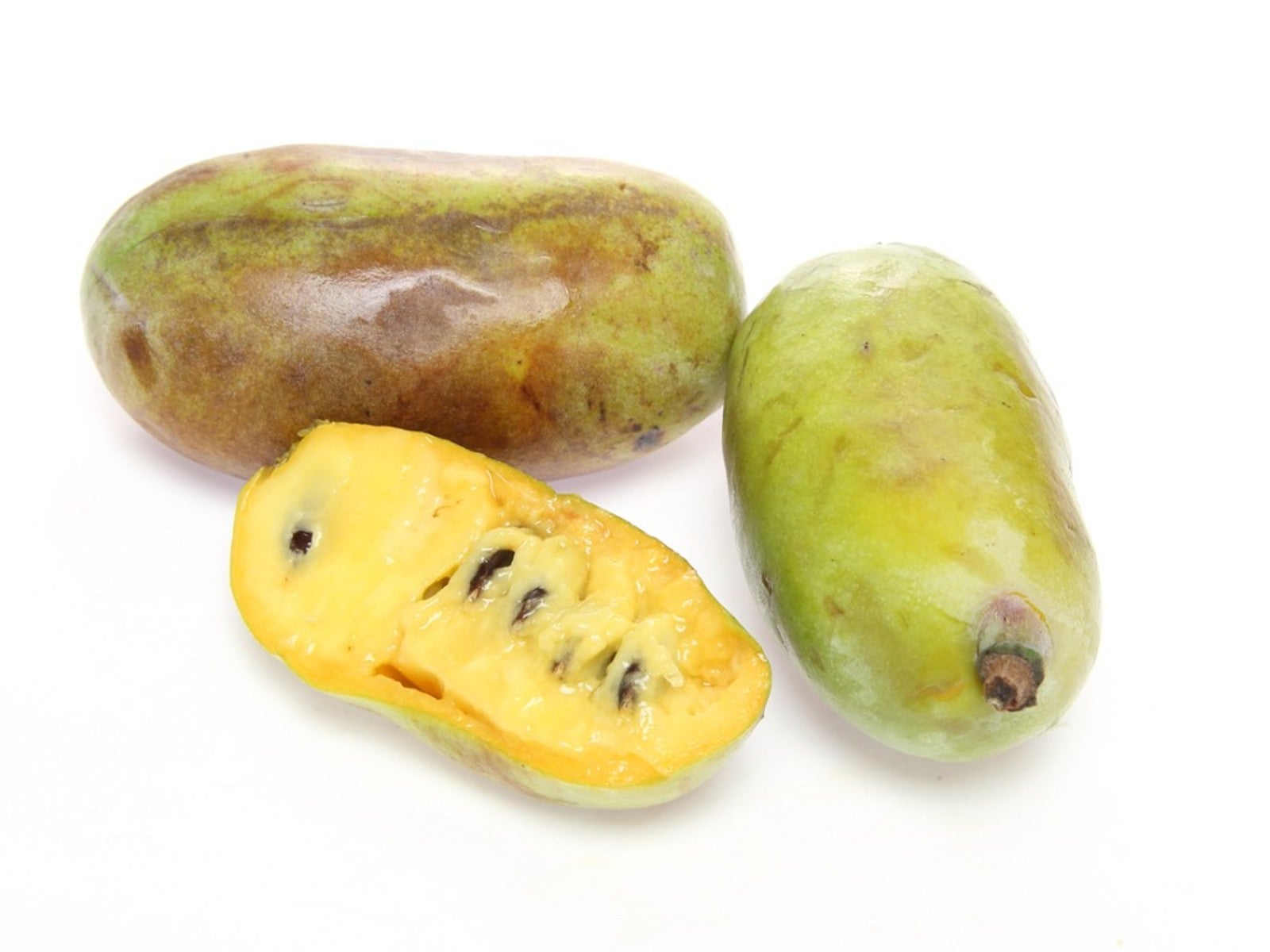 Pawpaw Pie - Dessert Ideas To Use Pawpaw Fruit This Thanksgiving
Pawpaw Pie - Dessert Ideas To Use Pawpaw Fruit This ThanksgivingThe bold flavors in pawpaws make excellent desserts. If you are new to this fruit, learn how to prepare it for a variety of delicious recipes.
By Bonnie L. Grant
-
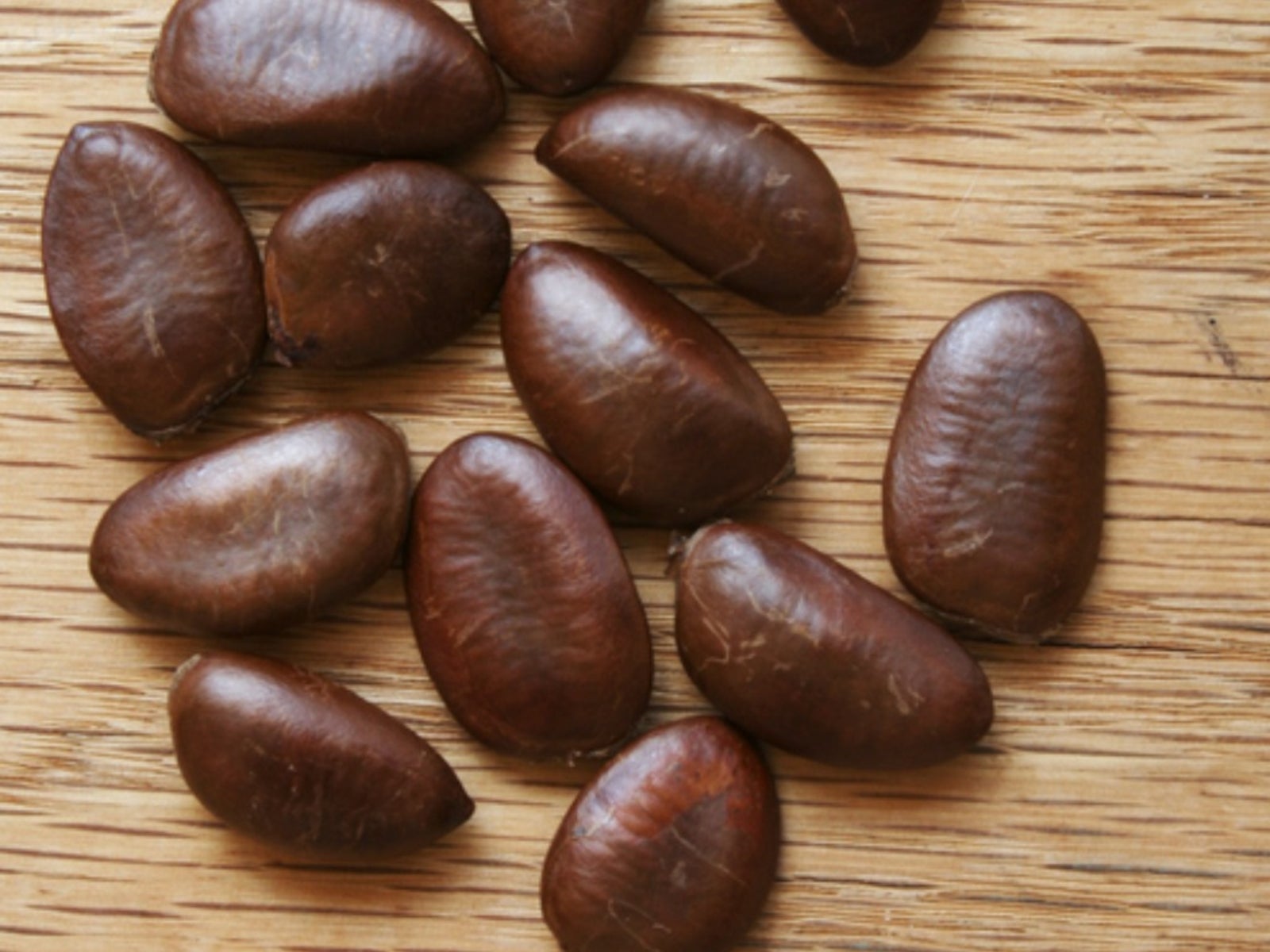 How To Plant Pawpaw Tree Seeds: Tips For Germinating Pawpaw Seeds
How To Plant Pawpaw Tree Seeds: Tips For Germinating Pawpaw SeedsWith the many dark brown seeds produced in each pawpaw fruit, gardeners may naturally wonder: Can you grow a pawpaw tree from seed? Click on the following article to learn how to plant pawpaw tree seeds.
By Darcy Larum
-
Suckering Pawpaw Trees: What To Do With Pawpaw Suckers
With pawpaw seed propagation, a slow and demanding activity, many gardeners may wonder, "Should I keep my pawpaw tree suckers for propagation instead?". This article will answer that question, as well as other questions about pawpaw sucker maintenance.
By Darcy Larum
-
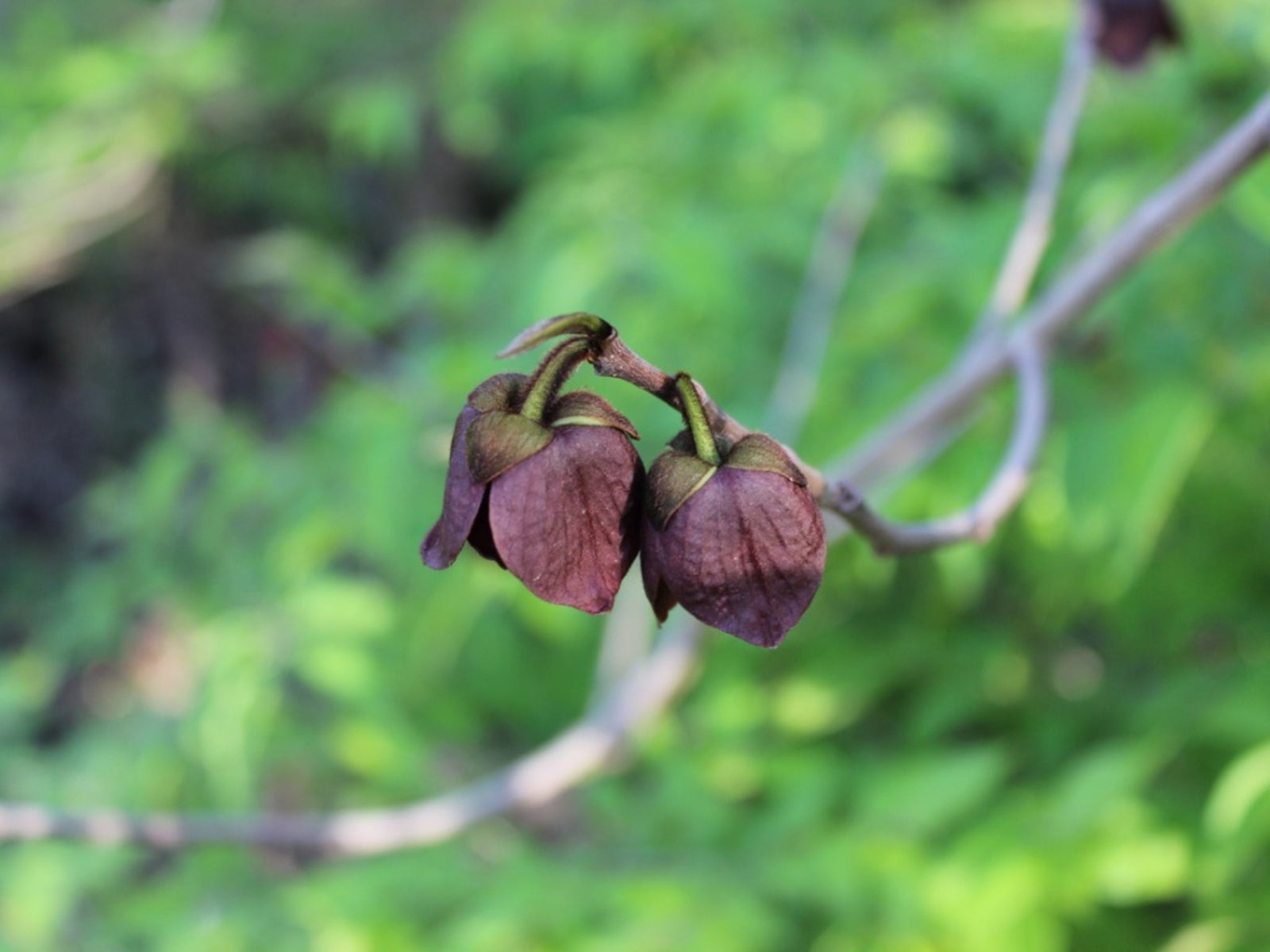 What Sex Are Pawpaw Flowers: How To Tell Sex In Pawpaw Trees
What Sex Are Pawpaw Flowers: How To Tell Sex In Pawpaw TreesOne reason this delicacy is not commercially grown has to do with pawpaw flower sex. It is difficult to know what sex pawpaw flowers are. Are pawpaws monoecious or dioecious? Is there a way to tell the sex in pawpaw trees? This article will help address the issue.
By Amy Grant
-
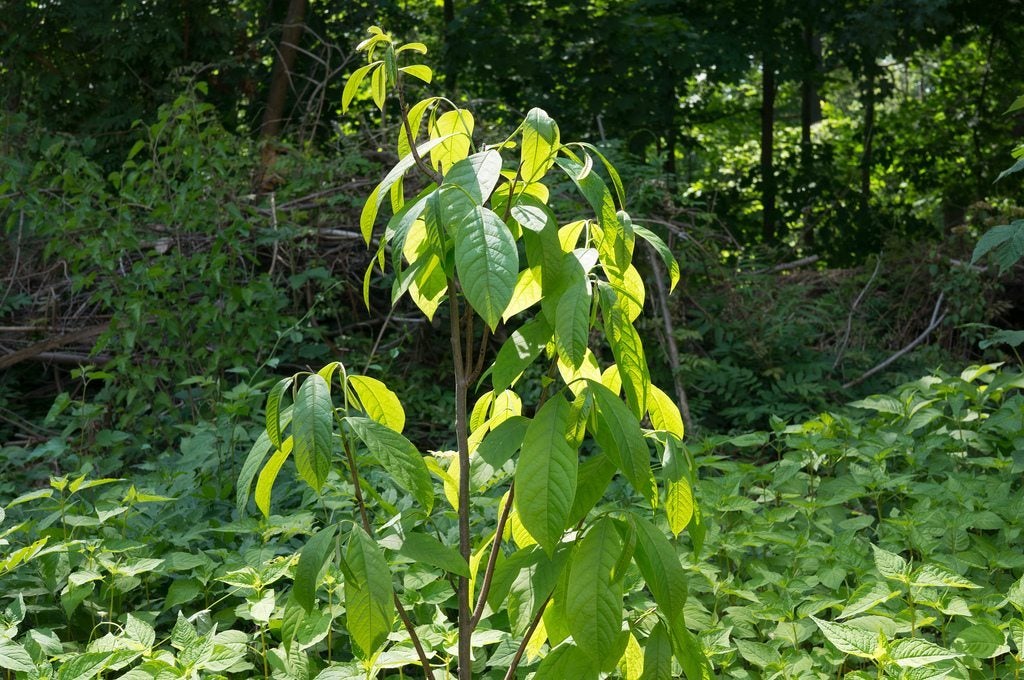 Pawpaw Trimming Guide: Learn How To Prune A Pawpaw Tree
Pawpaw Trimming Guide: Learn How To Prune A Pawpaw TreePawpaw trees are the most common fruit trees native to North America. Pawpaw trees grow best in a shady location with excellent drainage. Pawpaw pruning may sometimes be useful but it is not an essential. To find out if and when you should cut back pawpaw trees, click here.
By Teo Spengler
-
 Using Pawpaw As Cancer Treatment: How Does Pawpaw Fight Cancer
Using Pawpaw As Cancer Treatment: How Does Pawpaw Fight CancerNatural remedies have been around for as long as humans. For most of history, in fact, they were the only remedies. Every day new ones are being discovered or rediscovered. Click here to learn more about pawpaw herbal medicine, specifically using pawpaws for cancer treatment.
By Liz Baessler
-
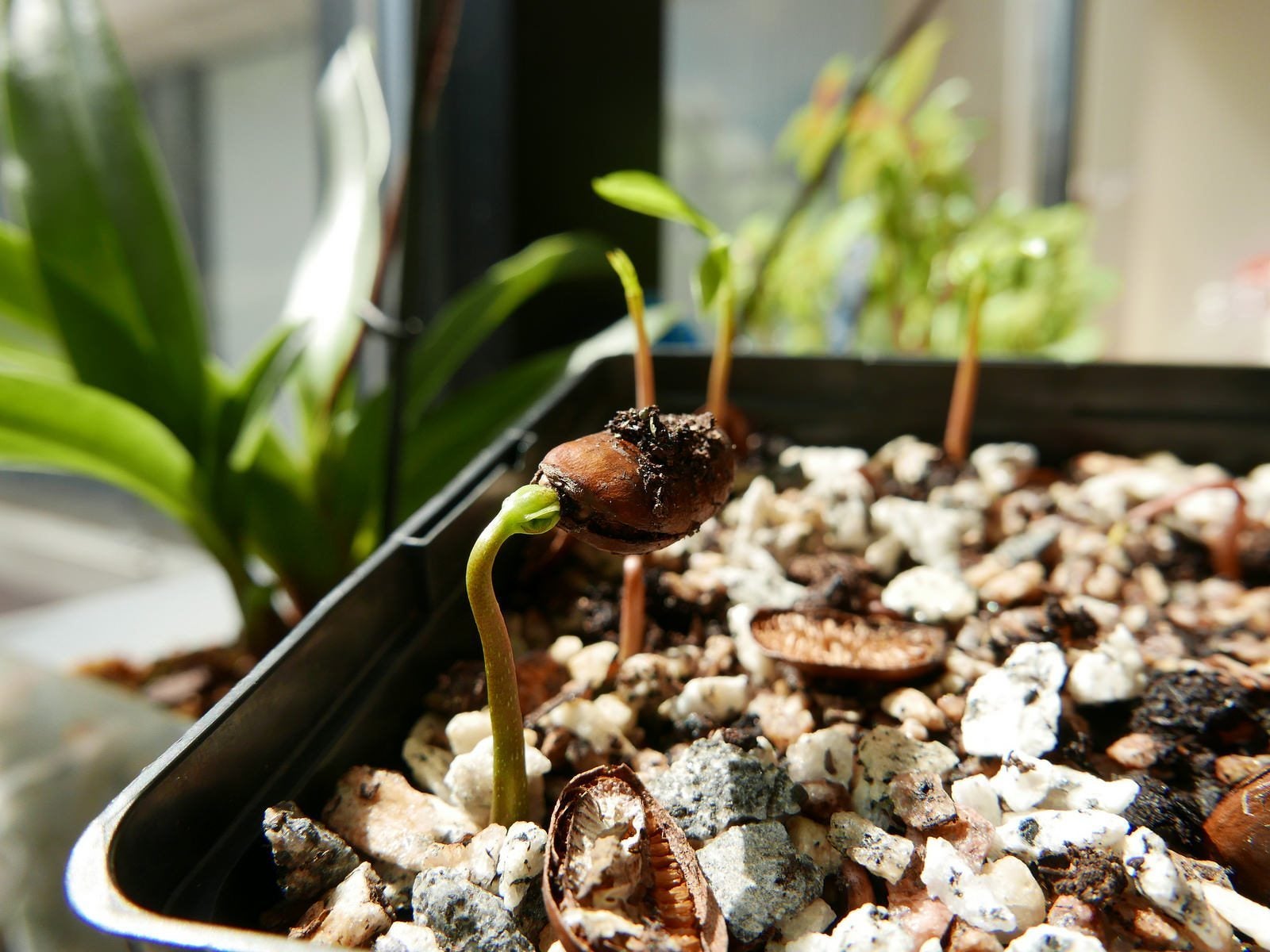 Tips For Propagating Pawpaws – How To Propagate A Pawpaw Tree
Tips For Propagating Pawpaws – How To Propagate A Pawpaw TreeThe pawpaw is a strange fruit that deserves more attention. Reportedly Thomas Jefferson's favorite fruit, this North American native sprouts up in groves in the wild. But what if you want one in your own backyard? Click here to learn more about pawpaw tree reproduction.
By Liz Baessler
-
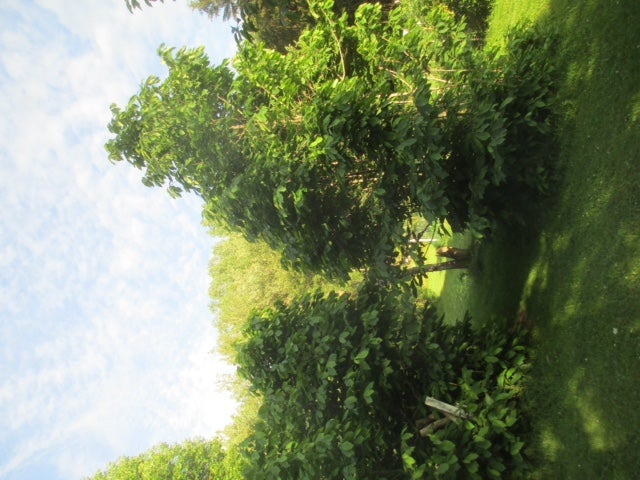 Do Deer Eat Pawpaws – Tips For Keeping Deer Out Of Pawpaw Trees
Do Deer Eat Pawpaws – Tips For Keeping Deer Out Of Pawpaw TreesI have been considering planting and growing pawpaw trees, but I have a bit of trepidation about the whole deer issue. Are pawpaws deer resistant? Is there a way of keeping deer out of pawpaw trees? Let's find out more together in this article.
By Shelley Pierce